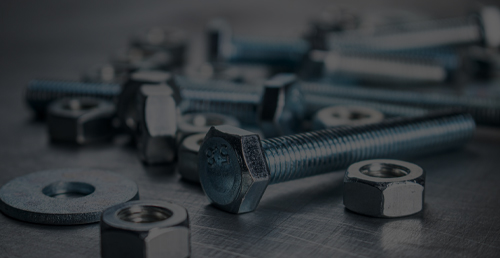Stud Whole Threaded Steel for Enhanced Structural Integrity and Versatile Applications
Understanding the Significance of Stud Whole Threaded Steel in Construction
Stud whole threaded steel is an essential component in modern construction and engineering, playing a critical role in ensuring the structural integrity and durability of various buildings and structures. This specialized fastening system consists of long, continuous threads along a steel rod, allowing for secure connections between different materials, typically in external or internal wall assemblies, frameworks, and structural supports.
One of the significant advantages of using stud whole threaded steel is its versatility. It can be employed in various applications, ranging from residential buildings to large-scale commercial projects. The ability to use these rods with different materials—including timber, concrete, and other metals—makes them a preferred choice for contractors and engineers alike. The continuous threading allows for adjustable lengths and offers the possibility to secure multiple components in one unified solution.
The manufacturing process of stud whole threaded steel typically involves a high-strength steel that provides exceptional load-bearing capacity. This is crucial in construction, where there is a continuous need to ensure that structures can withstand various stresses, including weight, tension, and vibration. The standardized dimensions and tolerances in the production of threaded studs mean that they can be mass-produced without sacrificing quality, making them both cost-effective and reliable.
In terms of installation, stud whole threaded steel systems simplify the assembly process. Construction workers can easily manipulate these studs into place, use nuts and washers to secure them, and adjust them as necessary during installation. This ease of use significantly reduces labor time and, consequently, project costs, which are essential factors in a competitive construction market.
stud whole threaded steel

Moreover, the durability of stud whole threaded steel cannot be overstated. Not only does steel offer high tensile strength, but it is also resistant to various environmental factors. When appropriately treated and coated, these threaded studs can withstand corrosion, rust, and other forms of degradation due to weather conditions. This makes them ideal for outdoor applications or in environments with considerable moisture.
The environmental aspects of using stud whole threaded steel are also worth noting. Steel is a highly recyclable material, and opting for steel fasteners contributes to sustainable building practices. This shift towards using recycled materials aligns with global efforts to reduce waste and minimize the carbon footprint associated with construction activities.
Safety is another key consideration when integrating stud whole threaded steel into a project. Given their high strength and resistance to deformation, these fasteners provide a safer building environment. Structures using threaded steel components are often better equipped to handle extreme conditions, such as strong winds, earthquakes, or heavy loads.
In conclusion, stud whole threaded steel is a vital contributor to contemporary construction methods. Its versatility, ease of installation, strength, and durability make it an indispensable tool for engineers and builders. As the construction industry continues to evolve, embracing new technologies and materials, the use of stud whole threaded steel will likely remain at the forefront, meeting the demands of modern architecture and infrastructure needs while adhering to safety and sustainability standards. Whether in high-rise buildings, bridges, or complex industrial structures, the role of this innovative fastening solution cannot be underestimated, as it supports the very foundations of our built environment.
-
Weatherproof Plastic Expansion Anchors for Outdoorข่าวJun.06,2025
-
Sustainability in the Supply Chain: Eco-Friendly TEK Screws Productionข่าวJun.06,2025
-
Load-Bearing Capacity of External Insulation Fixingsข่าวJun.06,2025
-
Double Head Bolts: Enhancing Efficiency in Industrial Machineryข่าวJun.06,2025
-
Corrosion Resistance in Chipboard Screws: Coatings for Wholesale Durabilityข่าวJun.06,2025
-
Butterfly Toggle Bolts : Enhancing Structural Resilienceข่าวJun.06,2025
